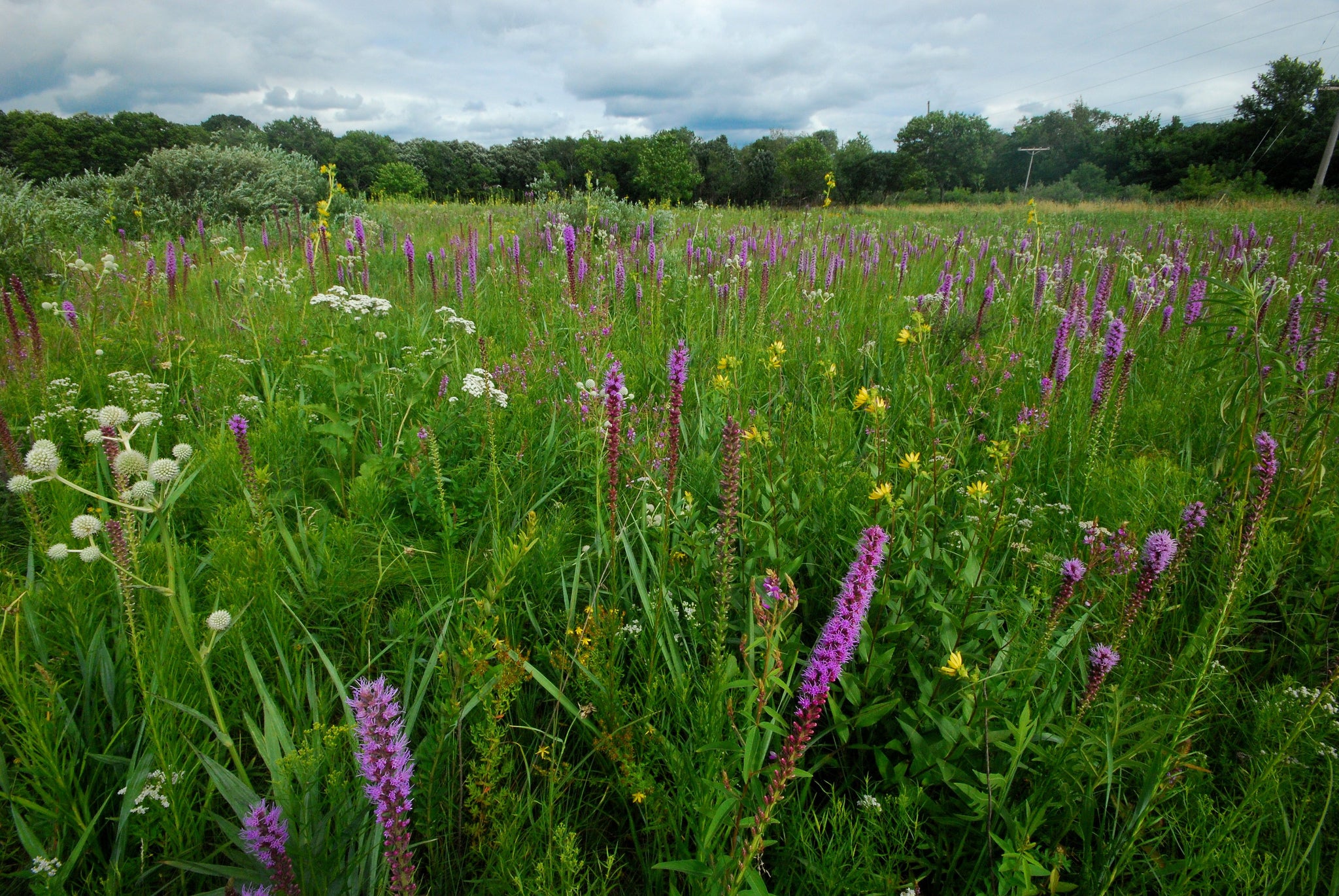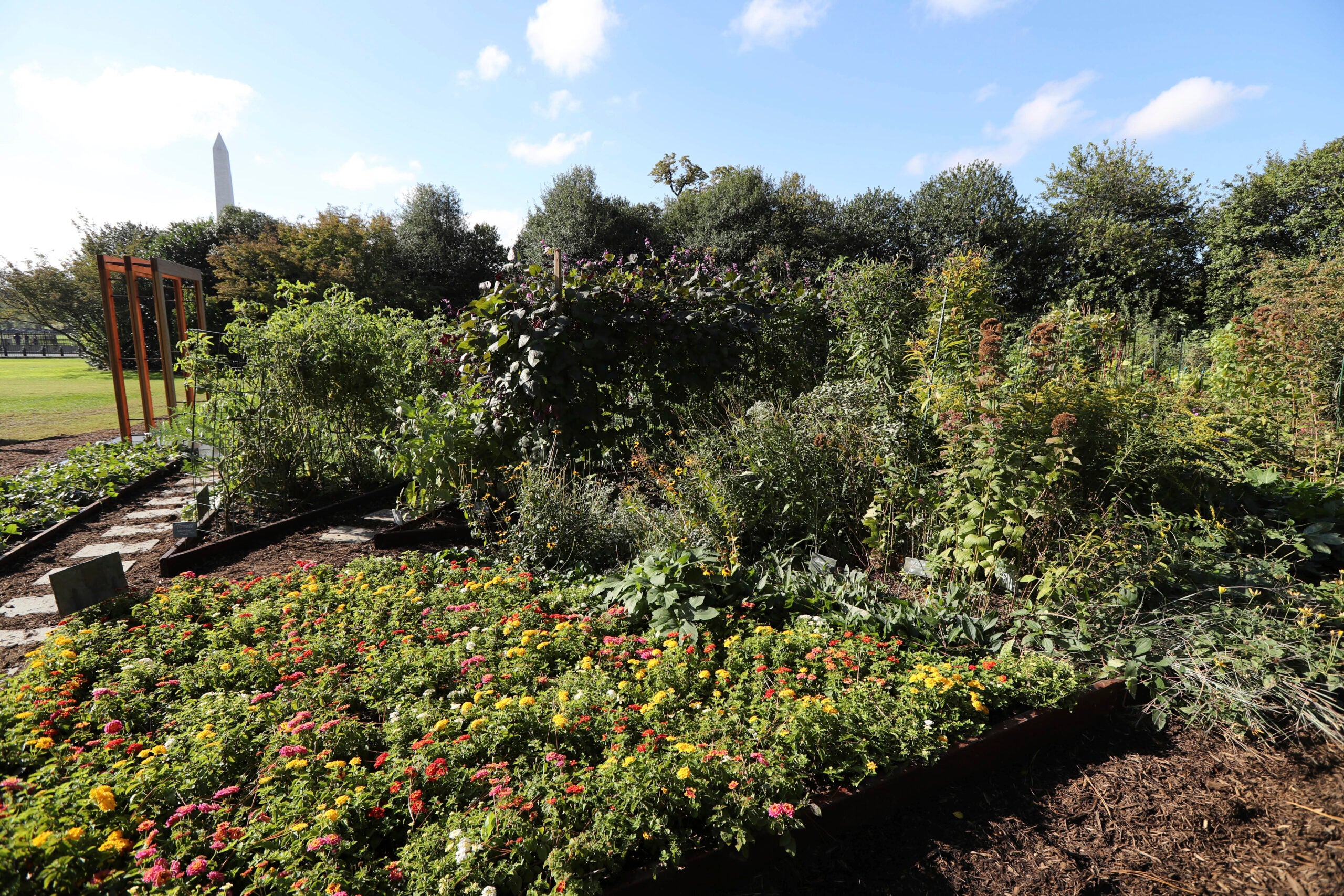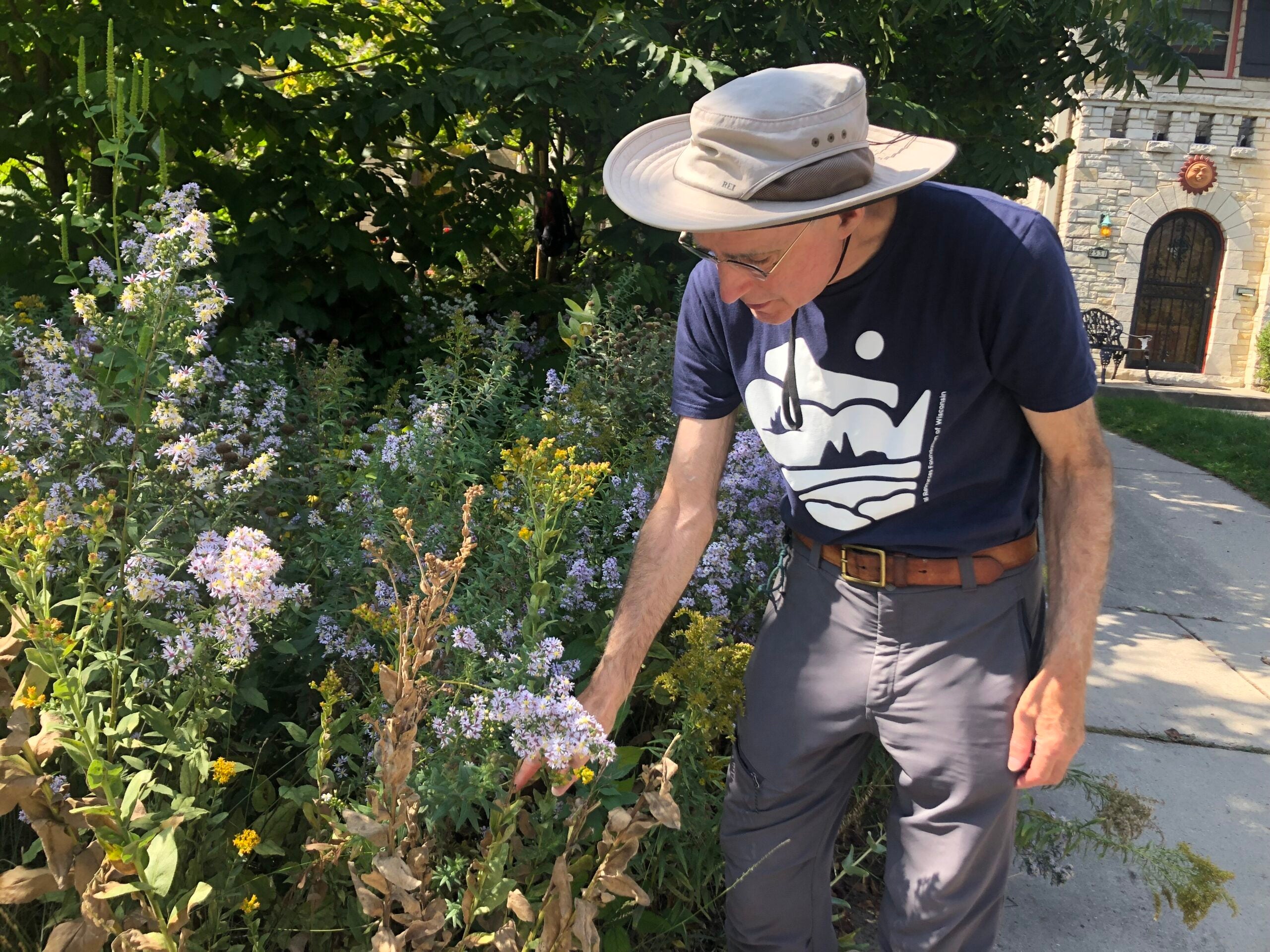Many of us have thought about creating a natural woodland or prairie garden – but where do we start? Our guest today will help take you through the steps, starting with getting rid of weeds. And, of course, he’ll answer your native plant questions.
Featured in this Show
-
Plant Expert Offers Tips On Getting Rid Of Garlic Mustard
Garlic mustard can be like an alien invaders in a bad sci-fi movie. It just keeps coming back – even after you think you’ve killed it off for good.
A Wisconsin-based plant expert said he’s found the way to get rid of it although it will take patience.
“I have a program for the elimination of garlic mustard,” said prairie ecologist and landscape designer Neil Diboll. “I have a pretty good handle on it.”
According to the Wisconsin Department of Natural Resources, garlic mustard is a highly invasive plant. It’s found throughout Wisconsin, most often in areas with shade. The plant replaces native flora by competing for light, nutrients and water.
Diboll said there are four methods to deal with garlic mustard:
- Pulling – This is very labor intensive, especially where it has invaded larger areas. He said pulling out the plant by its roots will disturb the soil, creating the perfect environment for dormant seeds to germinate.
- Spraying – Using an herbicide like Roundup will work but it will also kill pretty much everything in the area one is spraying. It can be applied at any time during the growing season as long as the temperature is between 60 and 85 degrees.
- Burning – Diboll said well-timed burning can really do a number on garlic mustard, especially a late spring burn while it is in bloom. He cautions that it will also kill any valuable spring blooming plants that are growing with the garlic mustard.
- Organic – His favorite method is to cut off the tops of the plant, just after the flower is gone and before the seed heads mature.
“In an area where I have valuable plants, I go out with my hand scythe and cut the seed heads off the garlic mustard just after it has finished blooming,” said Diboll.
He added that a weed wacker will also work. This will also kill the part of the plant that is still in the ground.
A lot of biennial problem weeds like garlic mustard can be controlled this way, he said. If a person takes the seed stalks off just after they finish blooming, the seeds aren’t yet mature. This also saves a person from having to remove the cut material from the site.
He warned that if plants are pulled at this time there may be enough energy left in the stalks and roots to form seeds.
And keeping the plant from forming seeds is key to controlling garlic mustard. Mature seeds are viable in the ground for eight to nine years, he said.
That’s where patience comes in. It will take up to seven years of using any of these methods to get rid of the weeds. He warned that there’s still no guarantee they won’t come back.
Episode Credits
- Larry Meiller Host
- Jill Nadeau Producer
- Neil Diboll Guest
Wisconsin Public Radio, © Copyright 2024, Board of Regents of the University of Wisconsin System and Wisconsin Educational Communications Board.



